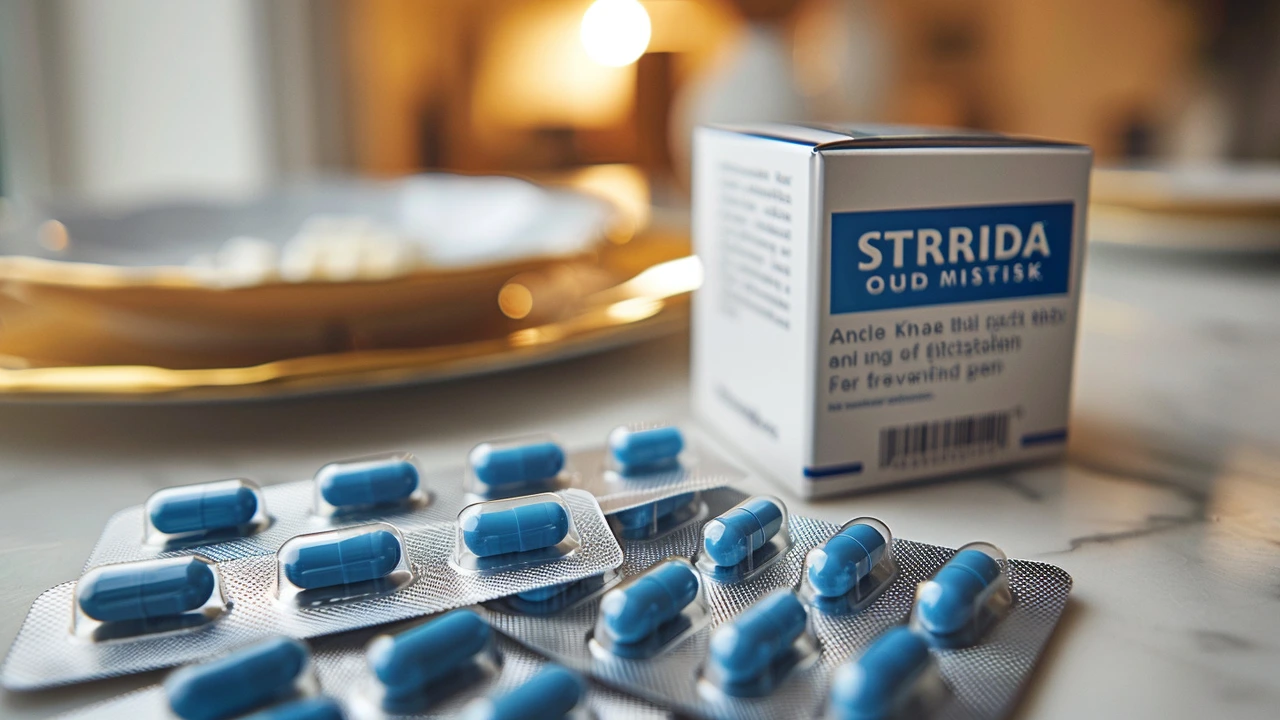Strattera and ADHD: What You Need to Know from March 2024
If you or someone close to you is dealing with ADHD, understanding your medication options is crucial. In March 2024, we focused on Strattera, a non-stimulant drug that’s gaining attention as an alternative treatment for ADHD. Unlike many ADHD medications, Strattera (atomoxetine) isn’t a stimulant. This means it doesn’t carry the same risks for abuse or addiction, which can be a big relief if you’re concerned about that.
Strattera works by changing how certain chemicals in the brain function, specifically targeting norepinephrine, which affects attention and impulse control. But how much should you take? Dosage varies depending on age and weight, and getting it right is important because too low might not work, and too high can cause side effects.
What Should You Watch Out For?
People taking Strattera have reported side effects, including increased heart rate and higher blood pressure. These aren’t just minor annoyances—they can affect your overall health, so regular check-ups with your doctor are essential. Another important point is that younger patients might experience mood changes, including thoughts of suicide, so it’s crucial for caregivers to monitor for any unusual behavior.
Why Choose Strattera?
So, why pick Strattera over other ADHD meds? For one, it provides a different approach that’s less about stimulation and more about balancing brain chemicals in a steady way. If you or your child can’t tolerate stimulants or have a history of substance abuse, Strattera might be the better choice. It also tends to have a longer-lasting effect throughout the day without needing multiple doses.
To sum it up, if ADHD treatment is on your mind, keeping informed about all medication options—including Strattera—is smart. This ensures you get the benefits while staying safe. Always talk to your healthcare provider before making any changes or beginning new treatments.

Understanding Strattera: Dosage, Side Effects, and ADHD Treatment Benefits
Strattera, known scientifically as atomoxetine, serves as a pivotal medication in treating ADHD without the high abuse potential of stimulants. It enhances neurotransmitter levels in the brain, but users must heed possible side effects, including elevated heart rate and blood pressure, and closely monitor for suicidal thoughts in younger demographics.
Read More